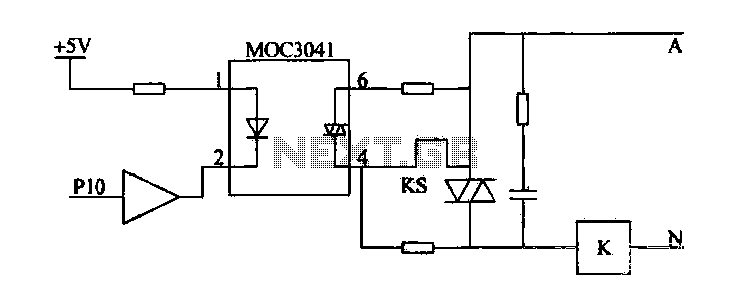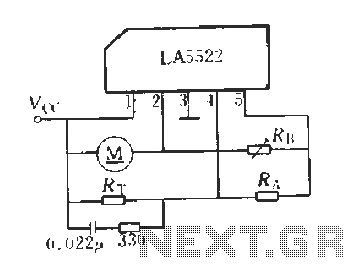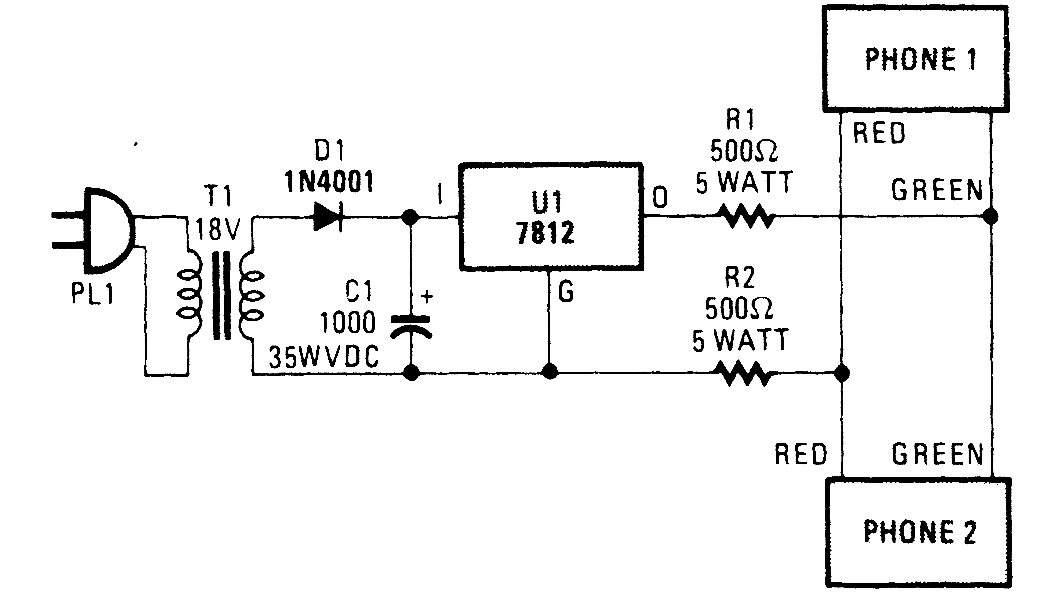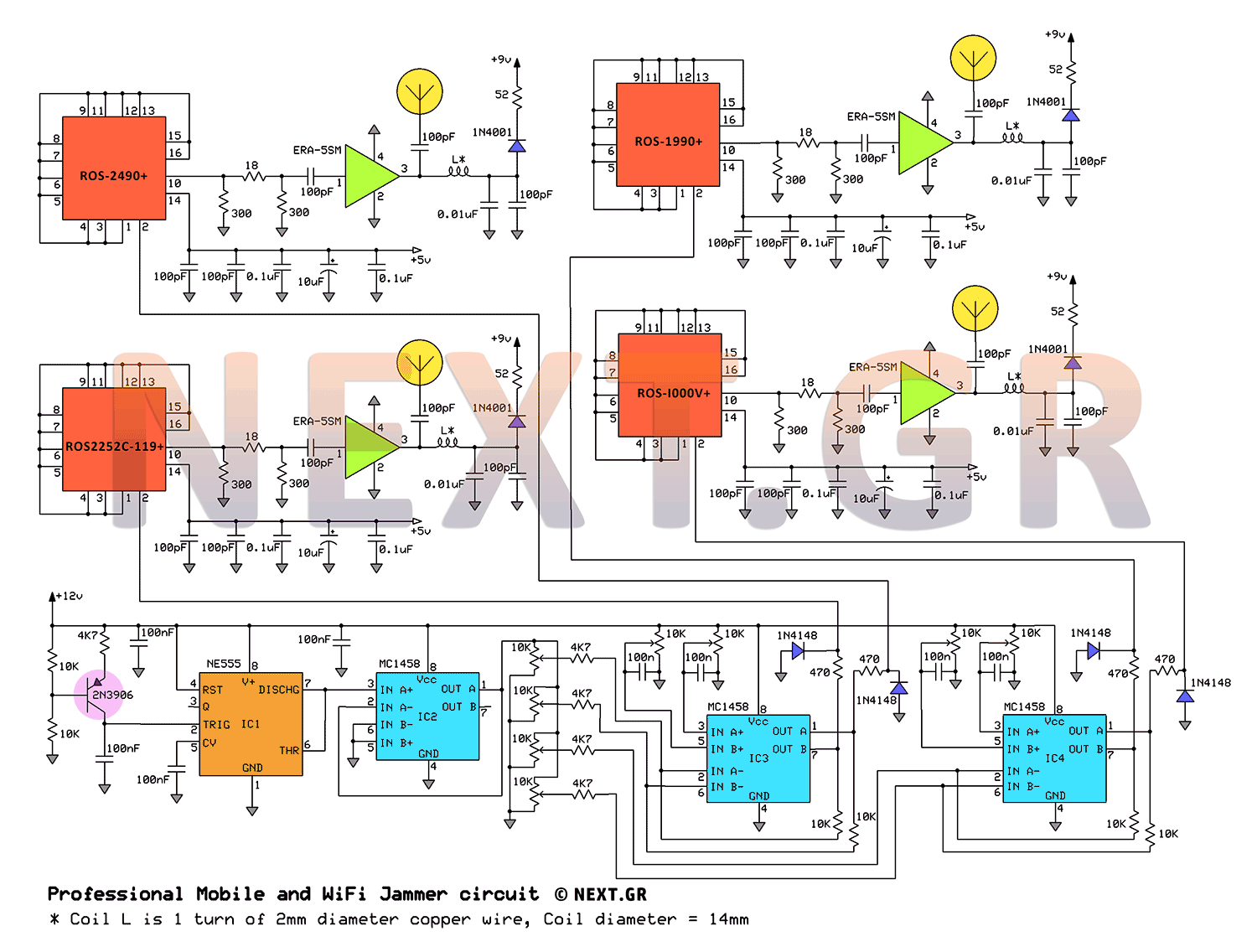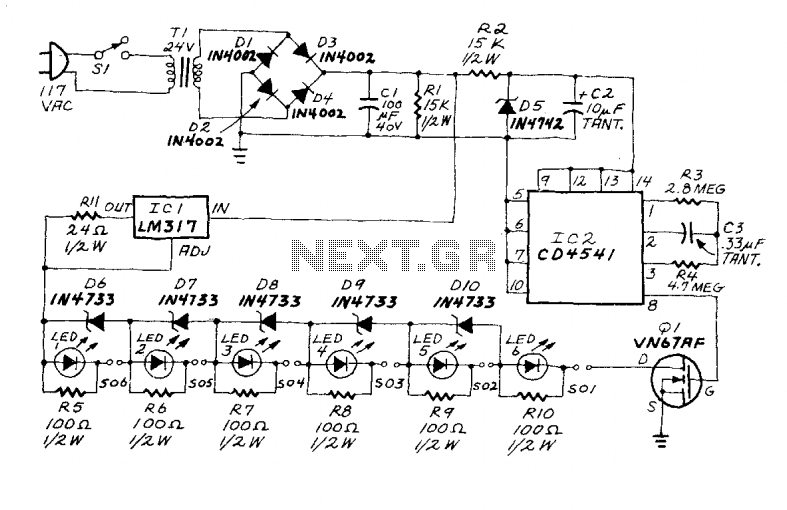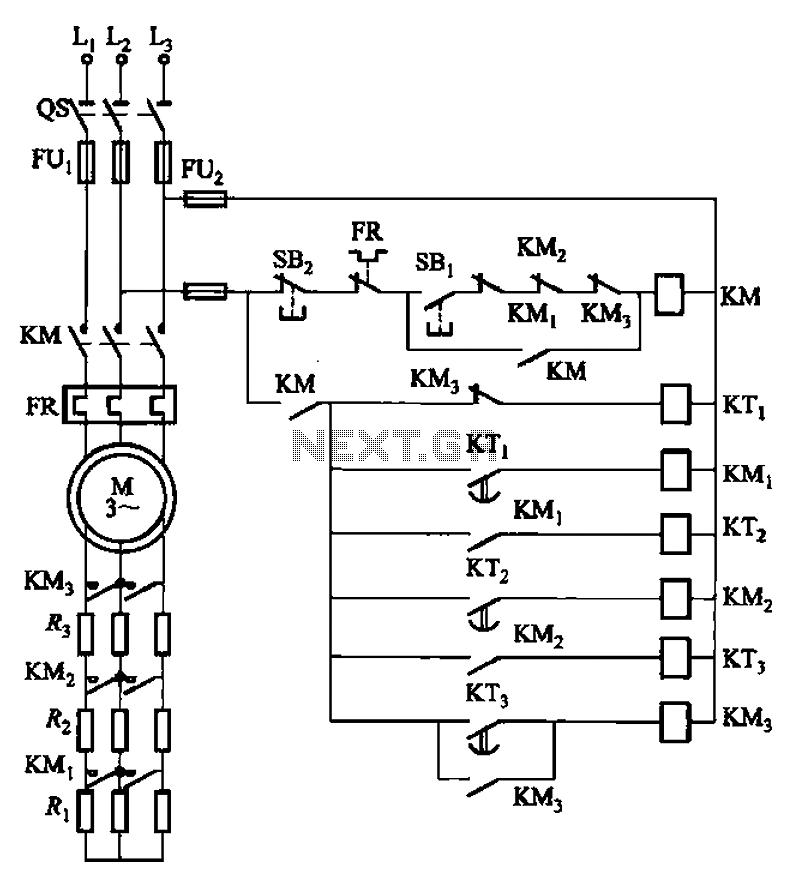
Battery Charger using Solar & Electrical Power with circuit diagram
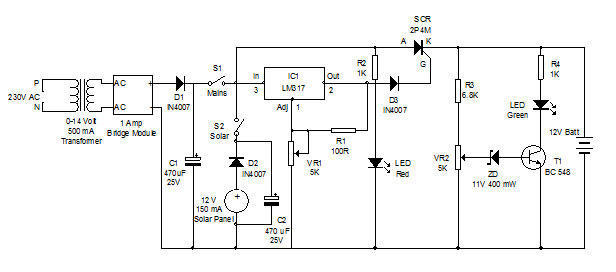
Battery charger utilizing solar and electrical power with a circuit diagram. This dual power source battery charger can charge a lead-acid battery using two different power sources.
The battery charger circuit is designed to efficiently charge a lead-acid battery by integrating both solar and electrical power sources. The schematic typically includes a solar panel, a rectifier, a charge controller, and a battery management system.
The solar panel converts solar energy into electrical energy, which is then directed to a rectifier circuit. This rectifier, often composed of diodes, converts the generated direct current (DC) from the solar panel into a usable form for charging the battery. The charge controller is a critical component that manages the voltage and current coming from both the solar panel and the electrical power source, ensuring that the lead-acid battery is charged at the appropriate rate without overcharging or damaging it.
In addition to the solar input, the circuit includes an option for connecting an electrical power source, such as a wall outlet. This feature allows for continuous charging of the battery, even when solar energy is insufficient, such as during cloudy days or at night. The dual power source design enhances the reliability and versatility of the charging system.
The battery management system monitors the state of charge of the lead-acid battery, providing protection against over-voltage, under-voltage, and over-temperature conditions. This ensures the longevity and safety of the battery during the charging process.
Overall, this dual power source battery charger circuit is a practical solution for renewable energy applications, combining solar energy with conventional electrical power to maintain battery health and performance.Battery Charger using Solar & Electrical Power with circuit diagram. This Dual Power Source battery charger can utilize two power sources to charge a Lead Acid battery 🔗 External reference
The battery charger circuit is designed to efficiently charge a lead-acid battery by integrating both solar and electrical power sources. The schematic typically includes a solar panel, a rectifier, a charge controller, and a battery management system.
The solar panel converts solar energy into electrical energy, which is then directed to a rectifier circuit. This rectifier, often composed of diodes, converts the generated direct current (DC) from the solar panel into a usable form for charging the battery. The charge controller is a critical component that manages the voltage and current coming from both the solar panel and the electrical power source, ensuring that the lead-acid battery is charged at the appropriate rate without overcharging or damaging it.
In addition to the solar input, the circuit includes an option for connecting an electrical power source, such as a wall outlet. This feature allows for continuous charging of the battery, even when solar energy is insufficient, such as during cloudy days or at night. The dual power source design enhances the reliability and versatility of the charging system.
The battery management system monitors the state of charge of the lead-acid battery, providing protection against over-voltage, under-voltage, and over-temperature conditions. This ensures the longevity and safety of the battery during the charging process.
Overall, this dual power source battery charger circuit is a practical solution for renewable energy applications, combining solar energy with conventional electrical power to maintain battery health and performance.Battery Charger using Solar & Electrical Power with circuit diagram. This Dual Power Source battery charger can utilize two power sources to charge a Lead Acid battery 🔗 External reference
